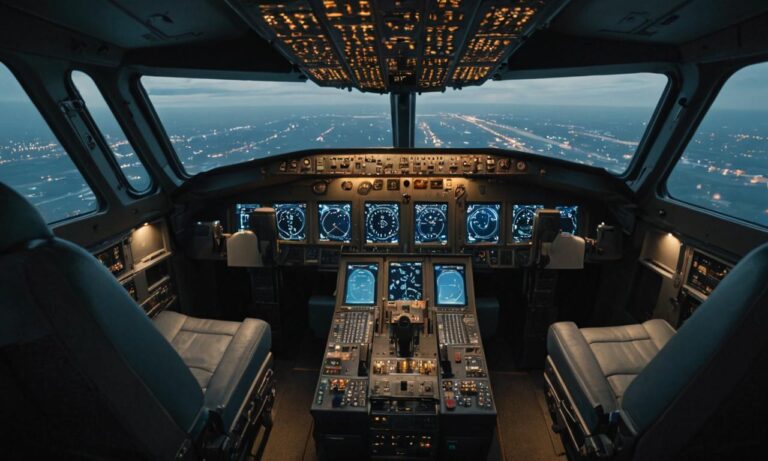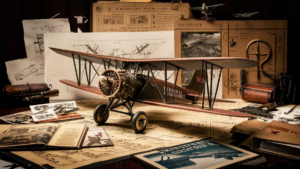Curious about the speed of commercial airplanes? Let’s delve into the fascinating world of aviation and explore the velocity at which these aircraft soar through the skies.
The Need for Speed
Commercial airplanes are marvels of engineering, designed to transport passengers and cargo swiftly and efficiently across vast distances. The speed at which they fly is influenced by various factors, including aircraft type, weather conditions, and flight regulations.
Aircraft Types and Speed
Commercial airlines operate a diverse fleet of aircraft, each with its own unique capabilities and performance characteristics. Jet airliners, which are the most common type of commercial aircraft, typically cruise at speeds ranging from 450 to 575 miles per hour (mph) or 725 to 925 kilometers per hour (km/h). However, speeds can vary depending on factors such as altitude and air traffic control directives.
For example, the iconic Boeing 737, a mainstay of many airlines’ fleets, has a cruising speed of approximately 530 mph (850 km/h), while the larger Boeing 777 can reach speeds of up to 590 mph (950 km/h). Similarly, the Airbus A320 family of aircraft typically cruises at speeds around 500 to 550 mph (800 to 885 km/h).
Altitude and Efficiency
Commercial airplanes fly at high altitudes to maximize fuel efficiency and minimize air resistance. At higher altitudes, the air is thinner, allowing aircraft to achieve higher speeds with less fuel consumption. Most commercial flights cruise at altitudes between 30,000 and 40,000 feet (9,000 to 12,000 meters), where the air is less dense and friction is reduced.
However, air traffic control and weather conditions can sometimes dictate changes in altitude, which may affect the aircraft’s speed. Pilots must adhere to air traffic control instructions and adjust their flight path accordingly to ensure safety and efficiency.
Weather Considerations
Weather conditions can also impact the speed of commercial airplanes. Headwinds, which blow against the direction of flight, can slow an aircraft down, while tailwinds can provide a helpful push, increasing its speed. Pilots often adjust their flight paths to take advantage of favorable winds and minimize the impact of adverse weather conditions.
In addition, turbulence caused by atmospheric disturbances can affect an aircraft’s speed and stability. Pilots are trained to navigate through turbulent areas safely and may adjust their speed as necessary to ensure a smooth and comfortable flight for passengers.
In Conclusion
Commercial airplanes fly at impressive speeds, allowing passengers to travel quickly and efficiently to their destinations. With advances in technology and ongoing innovations in aviation, the future holds the promise of even faster and more efficient air travel.
Factors Affecting Flight Speed
While aircraft type, altitude, and weather are crucial determinants of a commercial airplane’s speed, there are other factors that can influence how fast these aircraft fly.
Route Distance and Flight Plan
The distance of the route and the specifics of the flight plan can impact the speed of a commercial airplane. Longer routes may require more fuel stops or refueling, which can affect overall travel time. Additionally, flight plans may include specific speed restrictions or waypoints that pilots must adhere to, affecting the average speed of the journey.
Weight and Payload
The weight of the aircraft, including passengers, cargo, and fuel, can influence its speed. Heavier loads require more power to maintain speed and altitude, potentially reducing the overall velocity of the aircraft. Airlines carefully calculate the optimal payload for each flight to balance efficiency with passenger and cargo requirements.
Frequently Asked Questions
| Question | Answer |
|---|---|
| How fast can a commercial airplane fly? | Commercial airplanes typically cruise at speeds ranging from 450 to 575 mph or 725 to 925 km/h, depending on factors such as aircraft type and altitude. |
| Why do airplanes fly at high altitudes? | Commercial airplanes fly at high altitudes to maximize fuel efficiency and reduce air resistance, allowing for faster speeds and smoother flights. |
| How do pilots deal with adverse weather conditions? | Pilots are trained to navigate through adverse weather conditions such as turbulence and headwinds by adjusting their flight path and speed to ensure passenger safety and comfort. |
See also:






